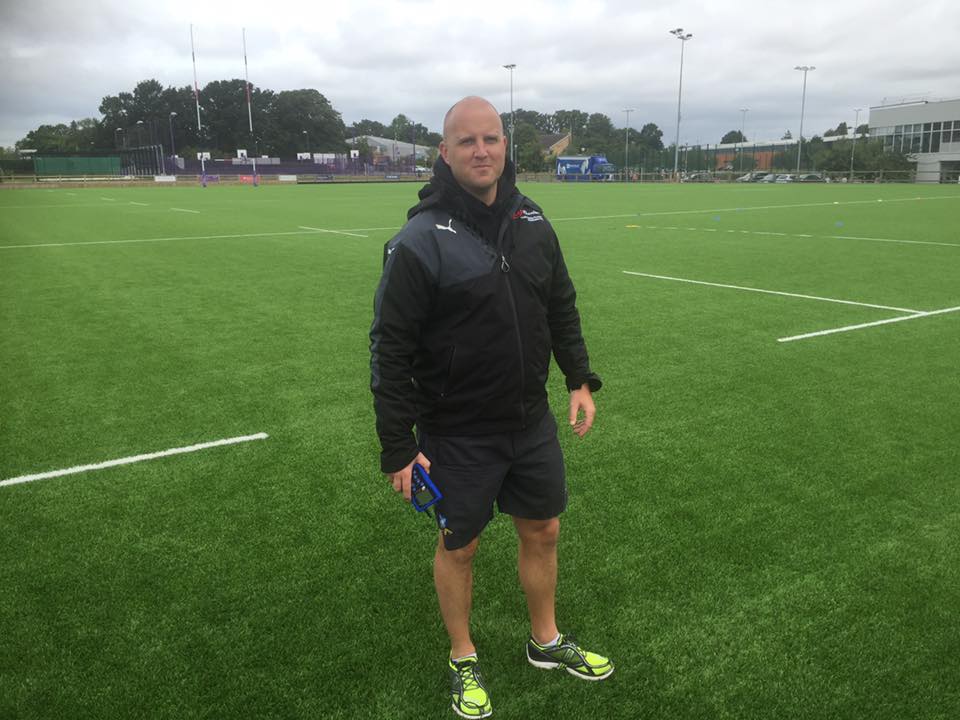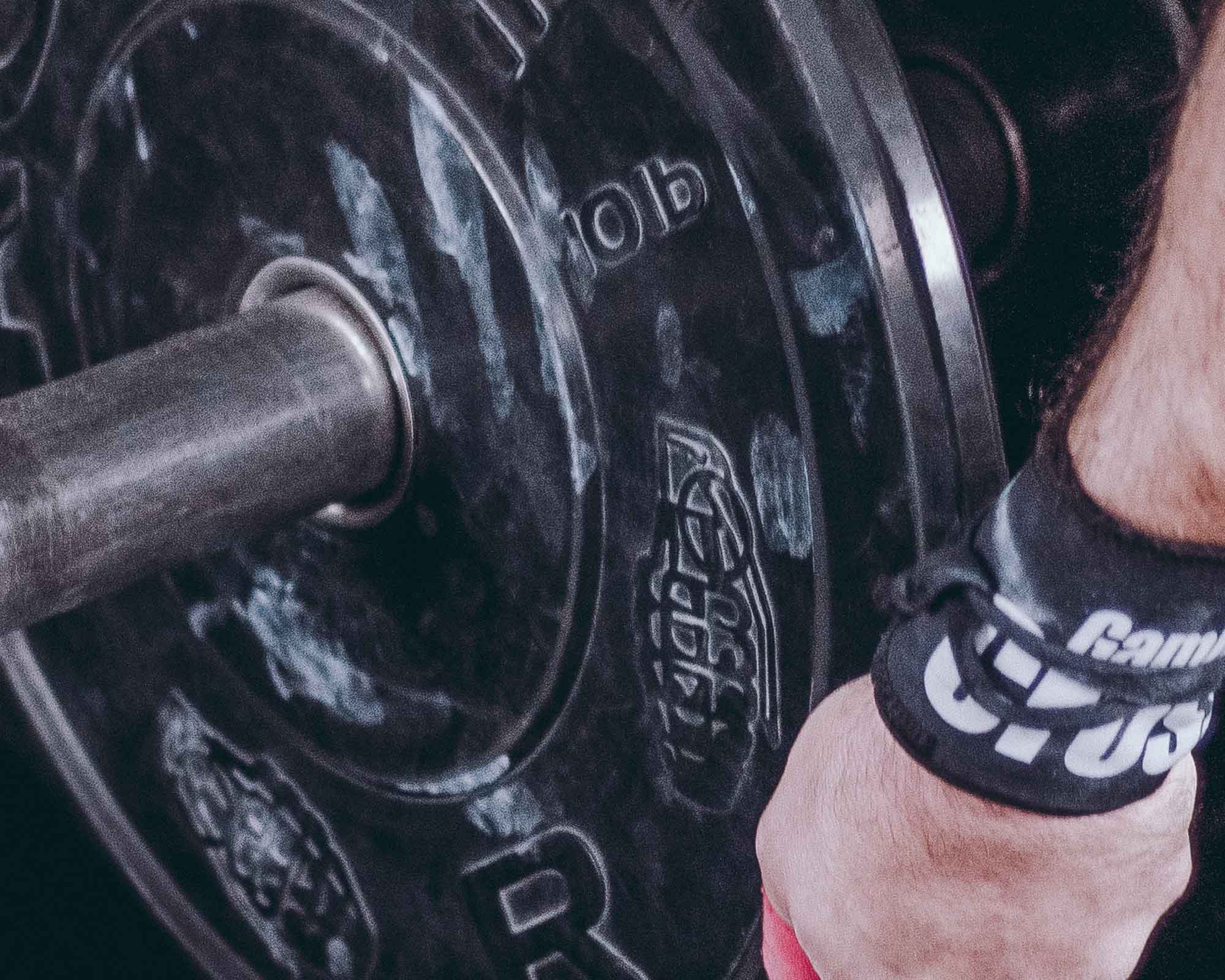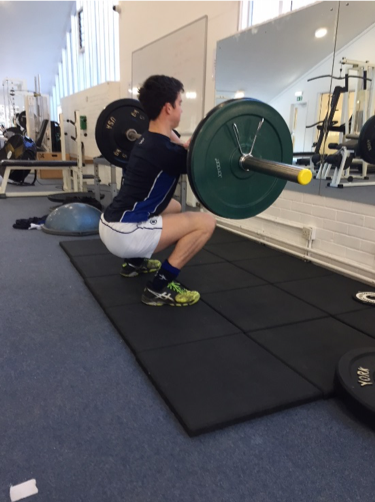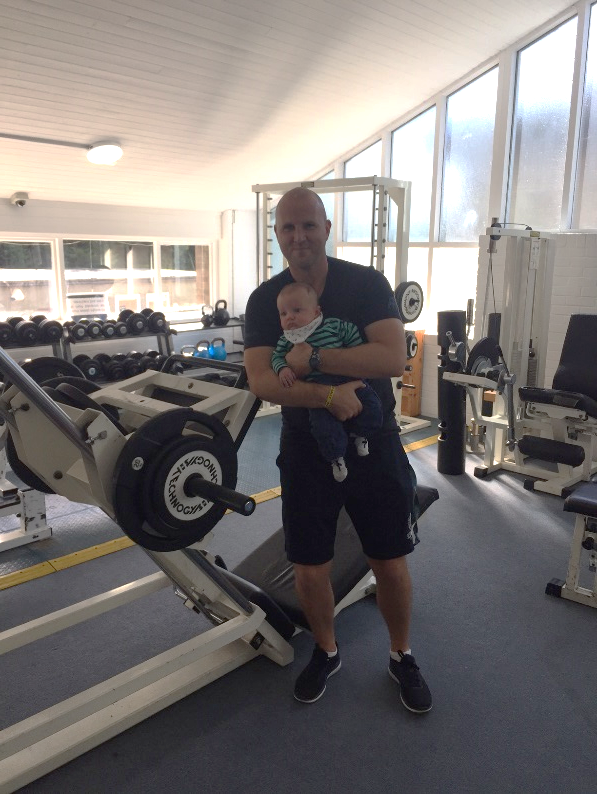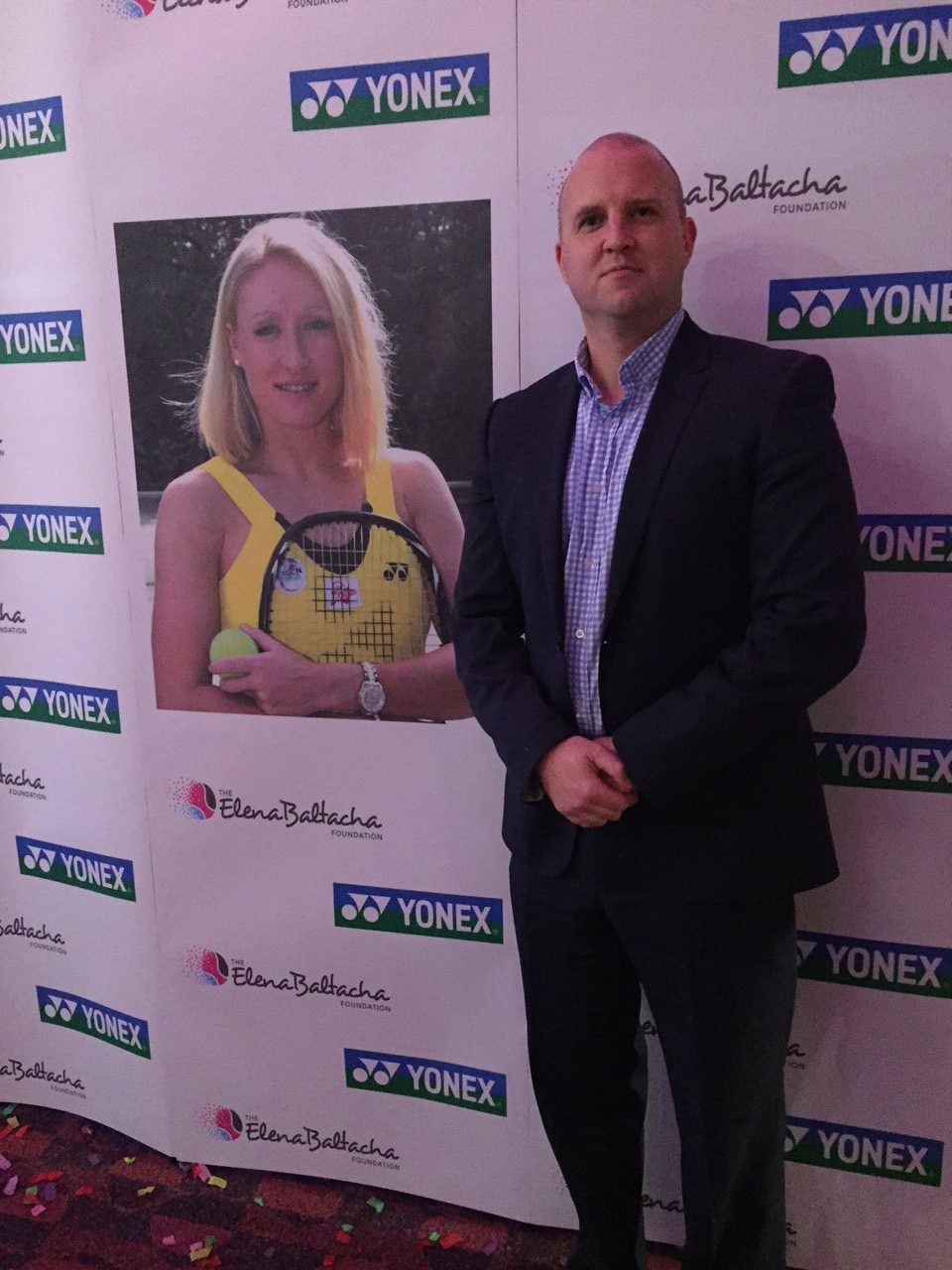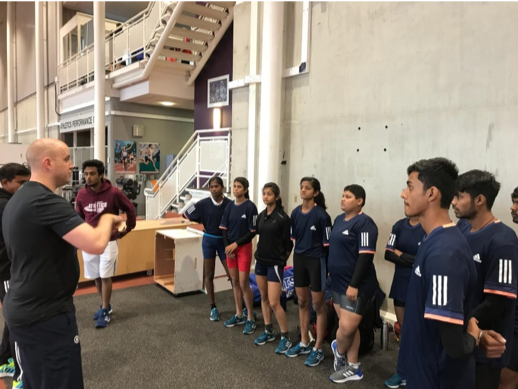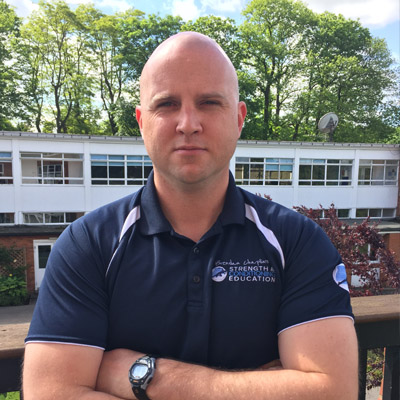Introduction:
My aim in this article is to share some key coaching principles that I have learned, explored and utilised over twenty years working in coaching and Strength and Conditioning. I try to apply these principles in my coaching every day with young athletes and I believe that they help me maintain perspective and deliver consistently. I hope you find them useful!
The information I will share serves me well but the ‘principles’ are certainly not my own inventions. They have been gleaned through personal trial and error, through observing and talking with people and critically, listening to great coaches and medics from around the world.
Most importantly these principles or ‘approaches’ stem from the process of reflecting on the work I have completed with people of all ages over an extended period of time and the teams I have worked wiithin when coaching and supporting people.
Coaching is all about sharing and learning from others. The ‘closed coach’ who thinks they know it all, are too good to listen, hides his/her work away from others and has ‘it all worked out’ is often a very poor and sometimes dangerous person to work and associate with!
Coaching is about sharing and being open. I have been very fortunate to be able to work with and associate with some wonderful coaches who have shared their experience and knowledge with me over the years. I hope that you will find this article thought provoking.
Background:
When I began as a Strength and Conditioning Coach in the UK (in 2001) the knowledge base, practice and information available for practitioners and the fledgling industry itself was in an exciting stage of evolution. Much of the practical strength and conditioning delivery in sport at that time was being led by university faculties and sports science departments. They were, rightly, the knowledge pioneers and continue to help drive the science and practice of strength and conditioning forwards; their role and position has evolved significantly in the last fifteen years.
At this point in time, professional sport was revolutionising and progressing at a significant pace globally and particularly dramatically in the UK. The approach and commitment towards the physical preparation and enhancement of athletes in Britain had shifted positively. Full-time Strength and Conditioning roles within sports teams, the EIS and within governing bodies were becoming more common place but still not wide spread. At the time it felt like a discipline and industry growing and evolving very swiftly with many questions and opinions being presented, promoted and debated.
The development and influence of professional bodies and associations from around the world brought more consistency of message and a structure for people working in the field to evolve and debate current thinking and best practice.
It was an exciting time with a great deal of domestic development and international influences affecting the delivery and approaches being applied. Most important of all though, everyone was learning and sharing information.
Is there such a thing as a ‘strength and conditioning philosophy?’
My first full-time role in professional sport started in 2003 and I was very fortunate to be able to observe many coaches from a range of backgrounds across sports through being in those circles. As my career progressed through the next decade across sports and across working with adults and young populations I noticed a common question being bandied around very often: ‘what is your strength and conditioning philosophy?’
This question has always interested and perplexed me at the same time. My problem with it as a question in one sense is that it certainly should not, in my opinion, result in a definitive answer. When I reflect on my coaching practice, opinions and actual exercise prescription with my athletes over the years, my methods and practice have changed and evolved hugely over time.
Many beliefs and approaches have remained but I have certainly become on the one hand more reflective and open minded and challenged my past practice, whilst also on the other hand more steadfast in my opinions in some areas of strength and conditioning practice.
As an association we at the YSCA have four key educational pillars that guide our approach and one could suggest our ‘philosophy’. They have hugely influenced my coaching practice recently and given me a reference and anchored my approach to coach education. They are also a value set which drive our work in the YSCA and keep us clear about what our priorities are as an association.
The YSCA Educational Pillars:
- Learn by doing,
- Exploration builds ownership
- Empower through coaching
- Health before performance
It doesn’t matter whether you are an adult practitioner looking to develop your knowledge and skill set or a young person learning new movements and how to refine and improve them, whatever the context I believe that the YSCA pillars are highly effective.
When I have reflected on further principles or ‘ways of working’ that I utilise and believe enable strength and conditioning coaches to deliver well consistently, I have been able to categorise them into my ‘Ben Commandments’. The title is clearly tongue in cheek as who am I to tell you what the definitive ten principles should be that you build your coaching practice around!?
However, when working with people and particularly young people, I believe you have to be decisive as well as open in your practise. To have a bit of confidence and courage of your convictions is at the core of being a great coach as long as you are humble enough to listen and reflect.
So here goes, I am putting my head above the parapet. Here are my key principles that shape what you might call my own personal ‘coaching philosophy’:
‘The Ben Commandments’:
Coach what you see (not what you hope to see!):
This may seem an obvious statement and process to follow. Excellent coaches will tell you about the importance of developing an expert ‘coach’s eye’ to pick up things and make sure that you are accurate in your assessments, judgements, decisions and actions. In essence if you are not sure what you should be looking for when coaching in a certain situation you have a deficit you need to improve upon.
An excellent piece of advice is to be clear on what ‘great looks like’ as clearly if coaching movements; knowing what an excellent example looks like can give you a strong starting point that will then lead you towards being able to make appropriate decisions about progressions and regressions and also feel confident about corrective, management and intervention prescription decisions.
The description of this principle is easy to relate to a real-time coaching scenario. It also relates to when you are influenced by other factors which can cloud or influence your view.
You may, as an example, want to see a better quality of movement or performance than the athlete or young person is displaying for a myriad of reasons e.g. you don’t want them to be exhibiting compromised movement due to injury or slower than expected progress from rehab or the weeks of work you have put in with them.
You may feel under pressure to declare an athlete ‘fit’ for their technical coach to be able to utilise them fully. It may be that you are under pressure as a coach to rush their development as they or their parents are pushing for more loaded progression than they are ‘ready’ for.
You may be being influenced the other way where over protective influences will not allow you to progress your athlete as swiftly as your ‘eye’ and intuition suggests they should be! Hence loaded advancements do not occur as they should do.
Regardless of the specifics and circumstances of the coaching scenarios you face, being present, impartial, accurate and un-clouded in your view and backing what you are ‘actually seeing’ should guide your practice. This is a key principle that helps you make accurate decisions that protect your athletes.
Fit the programme to the athlete, not the athlete to the programme:
This principle follows on from the previous one very logically. In my experience working for a governing body in the past and mentoring many coaches over the years I have often seen what I think is a ‘mistake’ occurring.
This ‘mistake’ is coaches, fit ‘their optimal programme’ prescription in a blanket fashion to athletes- rather than start with the athlete’s needs, capabilities, sport and goals in mind. This has been particularly prevalent in some of the work I have witnessed completed with young athletes. Too often I have seen coaches metaphorically dive straight into a programme of exercise prescriptions which they feel are ‘correct’ without first thoroughly assessing their athletes functional and movement capabilities, injury history, strengths and weaknesses and training goals.
At its best, this cavalier and un thoughtful approach has led to poorly designed sub-optimal programmes being developed which lead to poor buy in, poor results and the athlete not progressing. In its worst manifestation it leads to athlete injury.
Thus start with the athlete in mind rather than the programme and remember as a great strength and conditioning coach once said to me ‘there are no bad exercises only bad prescriptions.’
Have plenty of tools in the tool box!
When working with a person, it is clear you are working with a unique physical organism. Fixing or improving a person is not like building a car or replicating a product on a factory line. A more individualised approach is required.
Key Fitness and movement training principles and their application work! Scientific studies have proven and endorsed many strength and conditioning practices. All of the research has shown that if delivered safely and effectively resistance training in youth populations is hugely beneficial and does not stunt growth.
It is important though, that allied to your solid evidence based training and coaching principles that you can mix things up as a coach, utilise different training modalities and methods and programme in an evidence based but creative way.
In my experience the fitness industry is incredibly faddy. Every few months there will be a new methodology, often bizarrely driven by a piece of equipment, driving personal training practice and in some instances strength and conditioning practice.
One second kettle bell training, functional training suspension training, ‘core’ training, cross-fit training, Olympic lifting and the derivatives, contrast training, cluster sets and perhaps Pilates and yoga are in vogue. The next month or year there will be a new ‘fashion’. This constant evolution of mainstream practice, methodologies and equipment utilisation is not at all negative and in my experience there is always something to be learned and applied from all areas. I know I utilise elements of all of the practices just mentioned regularly.
The key message here is that you are a strength and conditioning coach, not a product or single fitness training method endorser! Your role is to investigate and learn how to apply a range of practices, training methods and exercise prescriptions. If you are not comfortable coaching lifts, delivering unilateral and bilateral exercise prescriptions, assessing athletes and understanding the development of physical literacy competence and critically what great agility and movement needs to look like, then for me, you do not have enough tools in your tool box as a coach.
If we are to deliver excellent programmes with young athletes, then having lots of skills, knowledge and approaches that you can apply intuitively, can only be a good situation for the people you are working with.
Be telescopic and microscopic in your approach:
When tackling a problem or overcoming a challenge with our athletes very often we must have a ‘microscopic approach’. In essence in many situations, a forensic attention to the detail and a specifically targeted approach will be the correct way to tackle a coaching problem.
For example, one of your young athletes may have Achilles and heel related pain that is altering their movement patterns and ability to complete movements and training sessions. It may also be hampering their sporting capability and causing distress. After consulting medical advice and getting an excellent opinion it has been identified that the pain is isolated in the Achilles tendon and a very specific treatment and rehab plan is now required for you to design and implement.
However, in apparently exactly the same circumstances, with the same symptoms (Achilles pain) it may be that a ‘telescopic approach’ might be more appropriate. It may be that this young athlete is experiencing the pain due to a sporting cumulative overload where they are overtraining and competing and actually, reviewing their workload will hold the answer to eradicating the pain. It may well be that a change of shoe, playing surface or growth spurt could be the contributing factor. Or it could be that the pain is actually stemming from a back based neural problem. Clearly just looking at the localised pain in this instance may not therefore be the answer.
This is why I would suggest you need to be able to ‘zoom in and zoom out’ in your coaching approach and being both microscopic and telescopic is essential.
You have to have the science- but do not hide behind it:
This may seem a provocative comment. I want to be clear here. The science of training principles, paediatric strength and conditioning and athletic development has to be at the core of your coaching. If you are not applying an evidence-based approach you will not help optimise the progress of your young athletes.
Furthermore, if you are not clear on how to periodise, programme, monitor and prescribe in an accurate and knowledge based way, there is a very good chance you will injure your athletes. An understanding of LTAD principles, cumulative load considerations and peak height velocity factors when working with young people, are absolutely critical. You must be competent in prescribing and demonstrating exercises and training modalities accurately. If not, you should not try to introduce elements you are not expert in. The science must be driving your training applications.
However, you are a coach and coaching is also an art. If you are to deliver sessions and a programme that is fun and ‘exciting, engaging and enabling’ you do not need to hide behind science in your explanations, descriptions and delivery. Simplicity and getting athletes working and developing in an enjoyable environment is critical. By all means share the training principles and methodology with people you are working with, but coach it in an understandable and accessible way.
I remember once observing a practitioner, who was delivering pretty boring, inappropriately loaded and not very technically sound sessions with his athletes; yet his way to try to convince them and their parents was to try to blind them with physiology and technical terminology. He hadn’t duped me!
The difficult moments are often the most important:
This principle may seem a touch odd when one reads it initially but it is something I firmly believe in. In my experience the best coaching happens at times of difficulty and stress. Athletes and the people you coach and lead go through a range of challenges in their sports and their lives.
It is easy as a strength and conditioning coach to gain and even ‘lap up’ the attention or plaudits when someone you work with achieves something that may well include some reflected glory or increased profile for yourself. However, the relationships and most meaningful interventions come during the difficult times, the unseen times. These times are when people are often vulnerable, uncertain, anxious and often distressed. They may be just the times where the specialist, physiotherapy appointments, treatment sessions and rehab or hard training sessions are being done early in the morning. They are not in the public domain. It may be when the losses, failures and injuries are being faced.
I remember someone I know asking me why I drove two hours to be with a group of adult professional players who had lost a big final when it was my ‘day off’ and in fact my presence would not add any value toward the possibility of winning. My answer was swift and certain; this was the most important time. Sharing in their disappointment whilst helping with their recovery protocols and just being there to listen and help tidy up the dressing room, meant something to that group when they were low. There was no glory, no interviews or plaudits but it meant something that the group processed a difficult time together.
In my experience of being a strength and conditioning coach I have experienced painful sporting failure and in some instances genuine tragedy. These moments and how you handle them and look after the people you work with defines the kind of person and coach that you are.
Integrity:
This is clearly a straight forward concept which does not just apply to coaching. Having a high level of actual and perceived integrity is critical if you are to be successful but more importantly supported by the people, team and other coaches around you. People who work hard, show humility, honesty, loyalty and support others in my opinion make the best coaches. A great friend of mine once told me something that stuck with me: ‘you can win the rat race, but you are still a rat!’ It is human nature to want to be successful, liked and valued as well as to earn a good living but if it is at the expense of integrity then it is a hollow existence in my opinion.
In addition athletes and young people particularly are not naïve. They will see through poor coaching attitudes and behaviour very quickly. If you want to gain success as a coach and be respected then at the top of the priority list must be working with an attitude based on values and principles which will inspire and support people.
Big Belief:
Whilst we recognise that integrity and humility as well as the ability to listen are central to a good coach achieving success and obtaining respect, it is absolutely critical that coaches have a big belief in their abilities and capability. Many people will criticise or doubt your work on your journey. Particularly in the world of youth strength and conditioning where there remain many myths and misconceptions still to be tackled.
Confidence is important. It makes people around you that rely on you for guidance and support feel safe and calm in the process. A reassured athlete or colleague is usually a happy one and easier to work with. Knowledge and skill levels give confidence and belief if they are high and constantly being reviewed and updated. A word of warning though, confidence can be perceived as arrogance so understanding people and how you interact with them is critical to a fulfilling relationship and coaching process.
The best way to improve your confidence is by doing a good job! Enjoy learning, asking questions and developing your knowledge base as it will reward you with higher confidence.
Believing that you can accelerate your progress and those you work with is critical and being able to look ahead and knowing where you are heading is crucial for protecting your belief.
Reflect, reflect and reflect (Ask for help if you need it!):
To be reflective is central to improving as a coach. It is a fine balance to get right. Over reflection can result in obsessive anxiety provoking thought processes which in turn can lead to a drop in confidence. We have all been there! It is about achieving balance. When things go right still reflect on what went well but also what could be done better in the future. When things are less good, sub-optimal or feel like they have ‘gone wrong’ it is important to evaluate, analyse in detail, extract the learning but then move on and move forwards.
This is a process I struggle with at times,, but I recognise that the only way to learn and get better is to be analytical and set high personal standards. Sometimes you may not find the answer and that is where having a great support network in and outside of coaching helps you get through both the great and the difficult times effectively.
Safety (Would you let your child do your sessions?):
I am happy to share with you this picture of my little girl when she was just 3 years old. Clearly a little way off from a full strength and conditioning programme!
This is a really important final message I want to convey. All of the young people we coach need to be looked after with the same level of care and precision as you would consider with your own family members. They must be kept ‘safe’, and monitored closely.
When working with young people, you should absolutely be challenging them to progress with the coaching and loading of progressions without fear assuming your athletes are ‘earning the right to progress.’ However, at all times you should be asking yourself; ‘is my prescription and the training environment safe?’
We cannot live in fear as coaches and sometimes even in very safe environments training injuries (all be it very infrequently) occur. However injury rates in strength and conditioning training environments will always be extremely low compared with sports and other activities if we remain focused and vigilant as professionals. Keep your athletes safe!
I hope you found these thoughts useful. It is always good to hear what other coaches have to say about their experiences and see if any of it supports, challenges or encourages your own practice. In the coming weeks we will have some very specific topic areas being explored from a range of authors working in youth strength and conditioning. We hope you will find them helpful as you progress in your work with young people and as we progress together.
Best,
Ben
